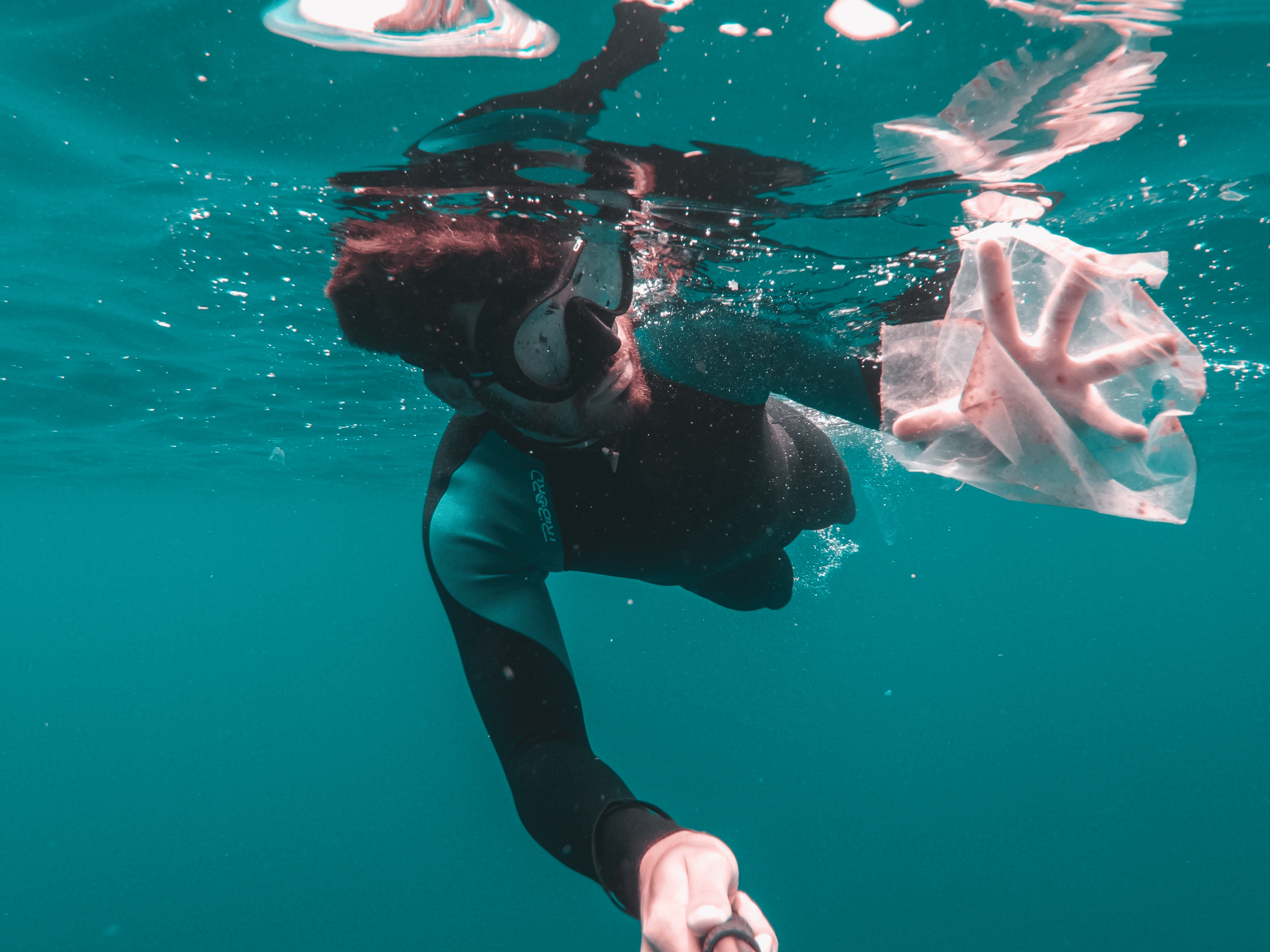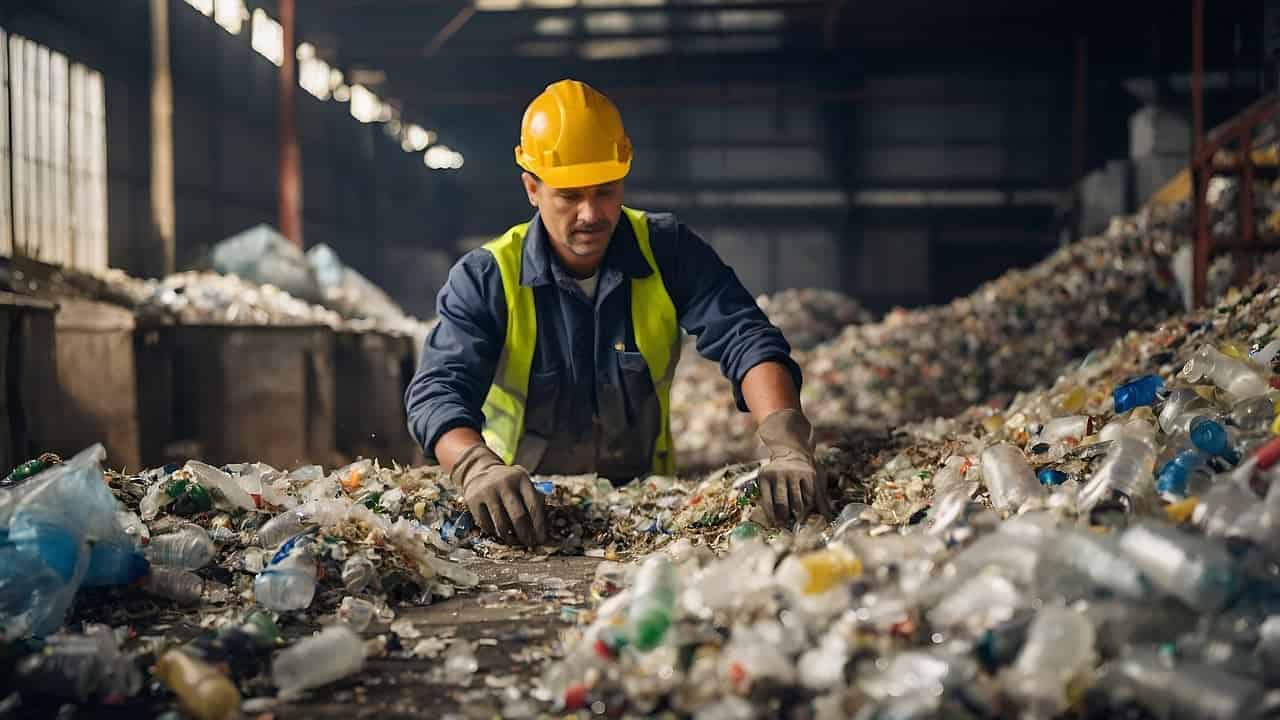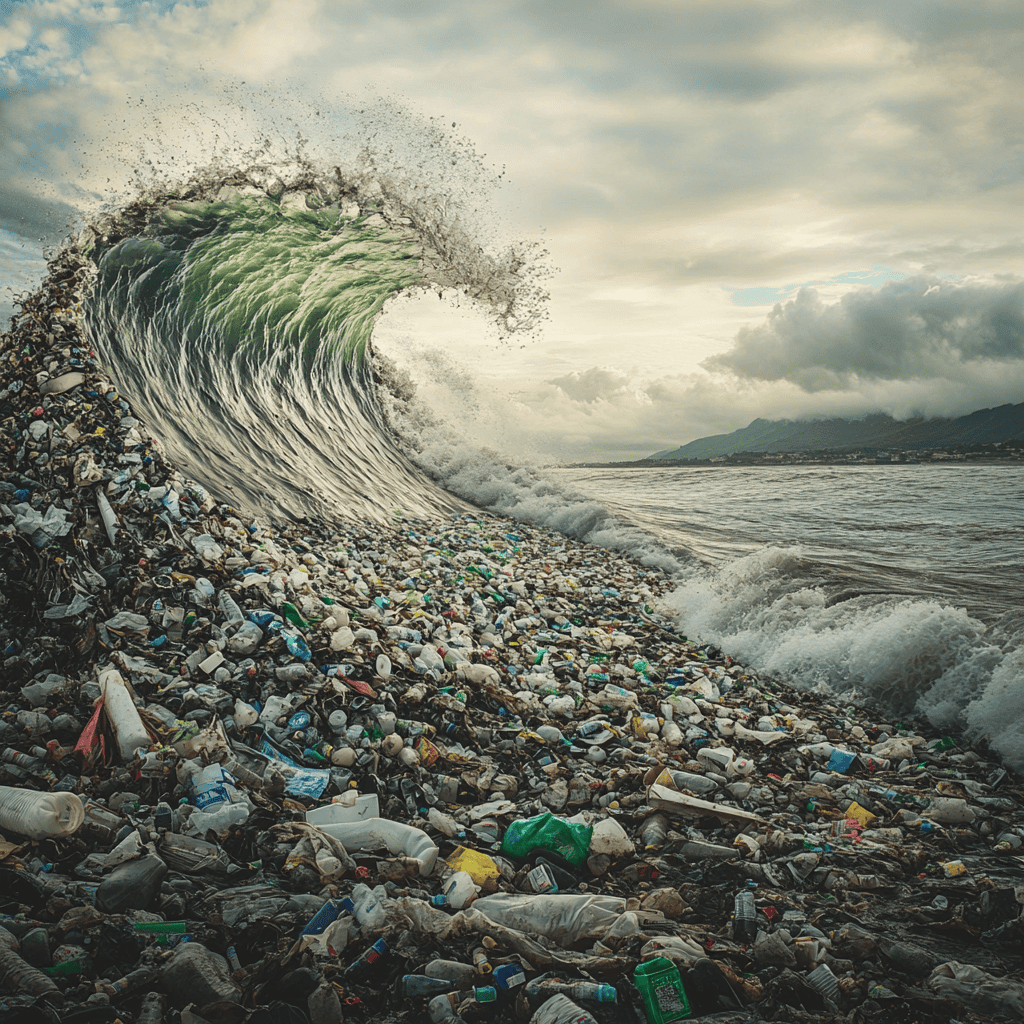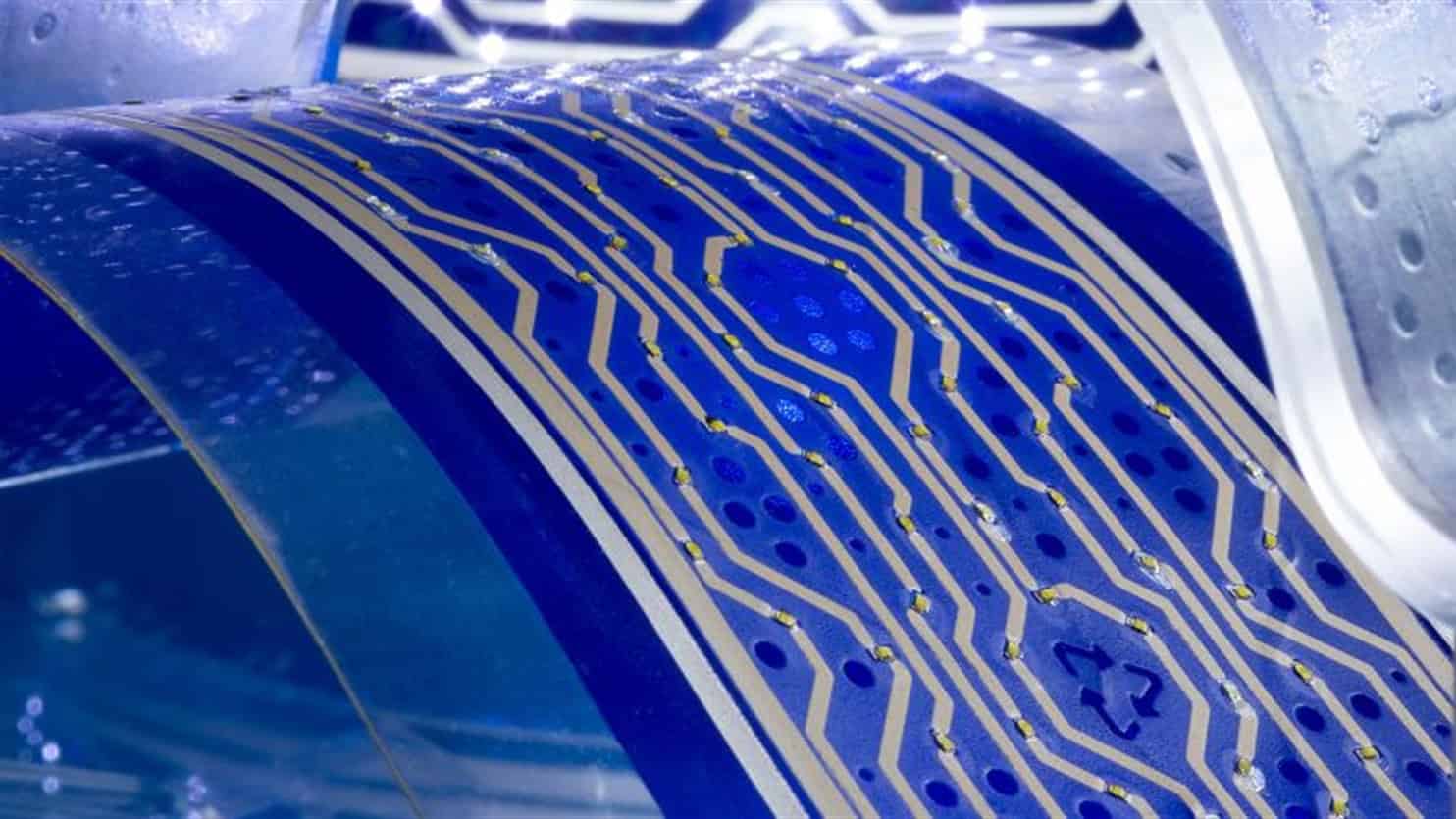
A new study reveals that plastic recycling facilities may unintentionally release microplastic pollution into the environment. This pilot study, conducted at a mixed plastics recycling facility in the UK, found that the recycling process generates microplastic particles in wash water, with most particles being smaller than 10µm and environmentally relevant. Presently, filtration systems can remove larger microplastic particles from discharge, but fail to eliminate those smaller than 5µm, leading to an estimated annual discharge of 59-1184 tonnes.
The recycling process and the issue of microplastic pollution
The recycling process typically involves separating plastic waste by type, breaking it down, granulating, and pelletizing it. During this process, the plastic is washed to remove impurities and contaminants. However, the study found that the breakdown of plastic in recycling facilities increases the concentration of microplastic particles in washing water, which is then released into city water systems and the environment. Microplastics are small plastic particles ranging from 1µm to 5mm in size, and they can adsorb, transport, and release contaminants.
With only 9% of plastic being recycled worldwide, there is a growing need for an increase and improvement in plastic recycling. However, this study highlights a significant lack of understanding of the pollution potential of recycling facilities and the need for more effective filtration systems to prevent the release of microplastics into the environment. The authors of the study suggest that integrating microplastics into water quality regulations and conducting further research on microplastic pollution from plastic recycling processes could help address this issue.
Implications of microplastic pollution on human health and the environment
Microplastic pollution has become a rising concern due to its potential impact on human health and the environment. Microplastics have been found in various food sources, including meat and milk, as well as in the human bloodstream and brain. These tiny particles can enter the food chain and accumulate in the tissues of organisms, posing a potential threat to both humans and wildlife. The long-term health effects of microplastic exposure are still not well understood, but research is ongoing to determine the potential risks associated with microplastic ingestion and inhalation.
In addition to the potential health risks, microplastic pollution also impacts the environment by causing harm to aquatic life and ecosystems. Small organisms, such as plankton, can mistakenly ingest microplastics, leading to bioaccumulation in larger organisms and impacting the food chain. This can result in changes to biodiversity and ecosystem function, with potential consequences for the entire ecosystem.
Current filtration methods and their limitations
The study found that the microplastic pollution mitigation filtration system installed in the recycling facility was able to remove the majority of microplastics larger than 5µm, with high removal efficiencies for microplastics larger than 40µm. However, the filtration system failed to remove microplastics smaller than 5µm, which were then discharged into the environment. This highlights the need for more effective filtration methods to eliminate smaller microplastic particles from recycling facility discharge.

The authors of the study recommend incorporating additional filtration to remove smaller microplastics from wash water prior to discharge, as part of the wash water management strategy. By improving filtration systems and developing more effective methods for removing microplastics from recycling facility discharge, the impact of microplastic pollution on human health and the environment could be significantly reduced.
Future research and recommendations
This pilot study has shed light on the potential microplastic pollution caused by plastic recycling facilities, but more research is needed to fully understand the extent of the problem and to identify potential solutions. Further studies should focus on quantifying microplastic pollution from various recycling processes and determining the effectiveness of different filtration methods for removing microplastics from facility discharge.
As part of a larger effort to address microplastic pollution, the authors also suggest that integrating microplastics into water quality regulations could help improve the management of this issue[1]. By implementing stricter regulations and monitoring the release of microplastics from recycling facilities, it may be possible to reduce the overall impact of microplastic pollution on human health and the environment.








